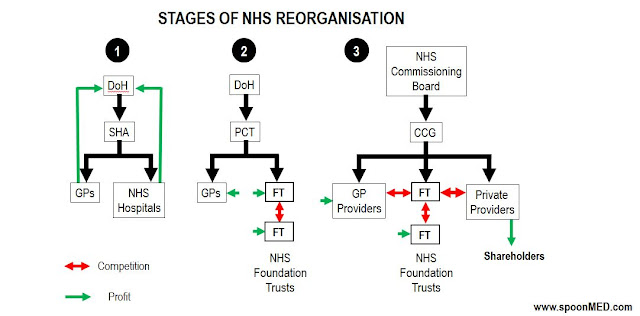Digital health was a hot topic at Social Media Week London (#SMWLDN) this week and I was lucky to be involved with a session called The Next Stage of Digital Engagement: The Quantified Self (hosted by CIPR). The session was voted runner-up by MarketMeSuite in (take a breath) The Most Slightly Terrifying and Yet Apprehensively Exciting Talk Award category.
Our chairman was Drew Benvie, founder/MD of Battenhall and author of Body Data: Applied Thinking in Quantified Self and Wearable Technology . My co-panellists were David Clare, Digital Consultant at Hotwire and author of OneMoreLifeHack, and Steve Davies, Director of Ruder Finn UK and author of Bionic.ly.
We all gave our very own and different perspectives on The Quantified Self (QS). This is the concept of self tracking body data and sharing this via social media. It also concerns the application of the web, apps and wearable tech to personal health and productivity.
Steve spoke about how he and others in the QS community are monitoring their bodily functions, blood biochemistry and genetic makeup to learn about their health. By 2023, the computing power of an iPhone will fit into a red blood cell raising all sorts of exciting possibilities for invasive body monitoring.
David spoke of how the rise of the QS movement is being driven by an explosion in DIY digital health technologies, how businesses (including the pharma industry) might tap into this body data to tailor products more appropriately, and how the QS community is growing from a small hacker community to a mainstream phenomenon.
I spoke about how patient body data is monitored and transmitted between ambulances and hospitals during the treatment of heart attacks, how cardiologists are using implantable devices in patients which can be monitored remotely, and how the QS movement may provide us with healthy body data that allows us to predict and therefore prevent illness.
During the interactive session, we touched on the concerns regarding data privacy, the dangers of over-testing and medicalization of healthy people, and much more.
The session was streamed live and is available to watch here (there are some issues with sound overlay at the start, so you may want to fast forward to the start of Steve's talk at 04:00. My talk starts at 14:00) :
http://new.livestream.com/smwlondon/events/2394741/videos/30811376
Steve spoke about how he and others in the QS community are monitoring their bodily functions, blood biochemistry and genetic makeup to learn about their health. By 2023, the computing power of an iPhone will fit into a red blood cell raising all sorts of exciting possibilities for invasive body monitoring.
David spoke of how the rise of the QS movement is being driven by an explosion in DIY digital health technologies, how businesses (including the pharma industry) might tap into this body data to tailor products more appropriately, and how the QS community is growing from a small hacker community to a mainstream phenomenon.
I spoke about how patient body data is monitored and transmitted between ambulances and hospitals during the treatment of heart attacks, how cardiologists are using implantable devices in patients which can be monitored remotely, and how the QS movement may provide us with healthy body data that allows us to predict and therefore prevent illness.
During the interactive session, we touched on the concerns regarding data privacy, the dangers of over-testing and medicalization of healthy people, and much more.
The session was streamed live and is available to watch here (there are some issues with sound overlay at the start, so you may want to fast forward to the start of Steve's talk at 04:00. My talk starts at 14:00) :
http://new.livestream.com/smwlondon/events/2394741/videos/30811376
Photo of panel courtesy of @ManeeshJuneja















